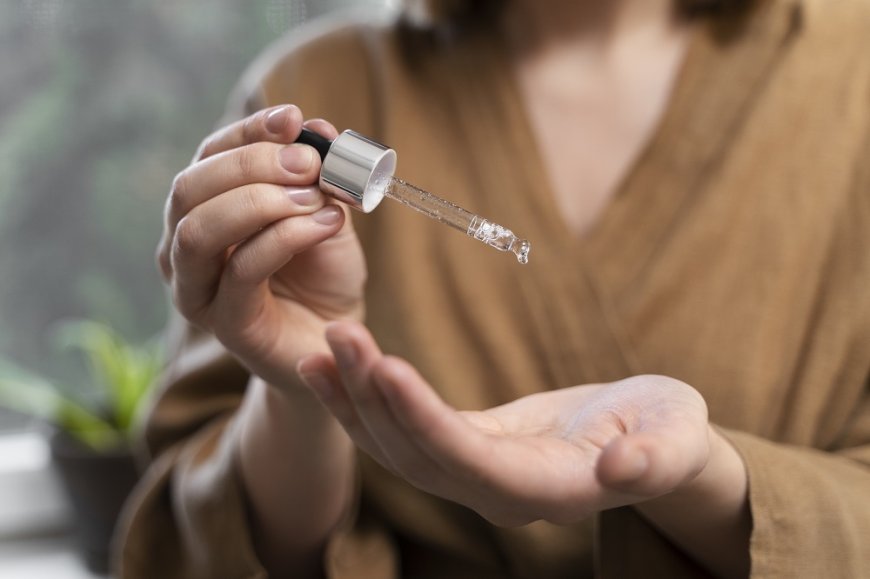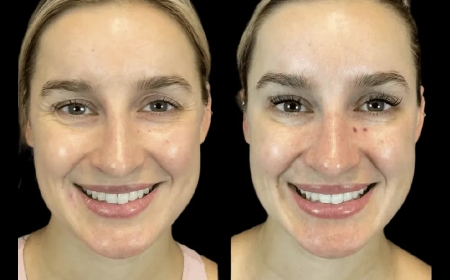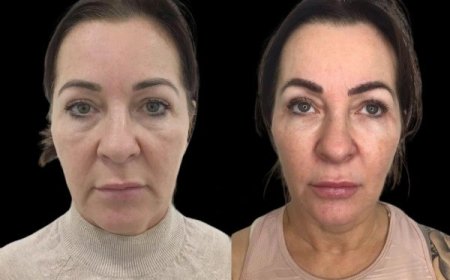Phenoxyethanol for Sensitive Skin: Friend or Foe?
In this article, we’ll explore what phenoxyethanol is, how it works, why it's used in skincare, and whether it poses a threat or benefit to those with delicate, irritation-prone skin. By the end, you’ll be equipped with facts to decide if phenoxyethanol is your skin’s friend—or foe.

If you have sensitive skin, reading skincare labels becomes second nature. Every ingredient countsand preservatives are no exception. One name that frequently appears in ingredient lists is phenoxyethanol. It's widely used, effective, and relatively modern. But is phenoxyethanol for skin, particularly sensitive skin, truly safe? Or should it be avoided?
In this article, well explore what phenoxyethanol is, how it works, why it's used in skincare, and whether it poses a threat or benefit to those with delicate, irritation-prone skin. By the end, youll be equipped with facts to decide if phenoxyethanol is your skins friendor foe.
What Is Phenoxyethanol?
Phenoxyethanol is a synthetic preservative commonly used in cosmetic and personal care products. It functions to prevent microbial contaminationincluding bacteria, mold, and yeastespecially in products that contain water. Without preservatives like phenoxyethanol, most moisturizers, serums, and cleansers would spoil quickly or pose health risks.
Though phenoxyethanol is naturally found in green tea, the type used in skincare is lab-made for consistency, purity, and effectiveness. It has largely replaced parabens, formaldehyde-releasing agents, and other older preservatives that are now considered outdated or harmful.
Why Is Phenoxyethanol Used in Skincare?
Phenoxyethanol is popular because it offers multiple advantages:
-
? Broad-spectrum antimicrobial protection
-
? Works well in low concentrations (?1%)
-
? Stable across pH ranges and temperatures
-
? Minimal effect on product color, texture, or scent
-
? Suitable for both leave-on and rinse-off products
You'll find phenoxyethanol in cleansers, toners, lotions, sunscreens, facial serums, makeup, and even some baby products.
But is phenoxyethanol for sensitive skin a good idea? Let's explore.
How Does Sensitive Skin React to Phenoxyethanol?
Sensitive skin is defined by its tendency to react to external factors, such as weather, fragrances, certain actives, and yespreservatives. Common reactions include:
-
Redness
-
Burning or stinging sensation
-
Tightness
-
Flaking or dryness
-
Rashes or irritation
Since phenoxyethanol is a synthetic chemical, those with sensitive or reactive skin are right to wonder if it might trigger a reaction.
Is Phenoxyethanol Safe for Sensitive Skin?
The answer is: it depends.
? For Most People: Generally Safe
For the majority of users, including those with mildly sensitive skin, phenoxyethanol is safe when used in concentrations below 1%. It is approved by:
-
European Commission (safe up to 1% in cosmetic products)
-
FDA (permits its use with no strict concentration limit)
-
Cosmetic Ingredient Review (CIR) panel (declares it non-toxic at ?1%)
Its commonly used in hypoallergenic and dermatologist-tested skincare lines, which often cater to sensitive skin.
?? For Highly Sensitive Individuals: Potential Irritant
Some peopleparticularly those with rosacea, eczema, or compromised skin barriersmay experience:
-
Mild to moderate irritation
-
Contact dermatitis
-
Allergic reactions
These are not common but are possible, especially if:
-
The product contains phenoxyethanol in high concentration (near 1%)
-
It's combined with alcohol, exfoliating acids, or fragrance
-
Used on broken or inflamed skin
So while phenoxyethanol is not a strong irritant by nature, it may act as one depending on the formula and your individual skin tolerance.
Signs You May Be Sensitive to Phenoxyethanol
If you're concerned that phenoxyethanol could be triggering your skin issues, watch for these symptoms:
-
Tingling or burning sensation shortly after application
-
Dry, flaky, or tight skin
-
Small red bumps or rashes
-
Irritation that worsens with each use of the same product
Performing a patch test can help you identify whether phenoxyethanolor another ingredientis the culprit.
Phenoxyethanol vs. Other Preservatives: Whats Gentler?
For sensitive skin, phenoxyethanol is often a better alternative to older or more reactive preservatives. Here's how it compares:
| Preservative | Skin Reaction Risk | Notes |
|---|---|---|
| Parabens | Moderate to high | Linked to hormone disruption |
| Formaldehyde releasers | High | Known irritants, possible carcinogens |
| Phenoxyethanol | Low to moderate | Safe in ?1%, minimal irritation |
| Methylisothiazolinone (MIT) | Very high | Frequently causes dermatitis |
| Natural Preservatives | Low to moderate | May be gentler but less effective |
In many cases, phenoxyethanol represents a balanced option: effective enough to protect products but mild enough for regular use.
How to Use Phenoxyethanol Safely on Sensitive Skin
If you choose to use products containing phenoxyethanol, follow these best practices to reduce your risk of irritation:
? 1. Patch Test New Products
Apply a small amount to your inner forearm or behind your ear for 2448 hours before full-face use.
? 2. Use Simple, Minimalist Formulas
Fewer ingredients = fewer chances of a reaction. Look for products labeled hypoallergenic or made for sensitive skin.
? 3. Avoid Layering Too Many Products
Using several phenoxyethanol-containing products in one routine may lead to cumulative irritation.
? 4. Dont Apply to Broken or Inflamed Skin
Avoid using these products on areas where your barrier is compromised (e.g., after over-exfoliation or sunburn).
? 5. Listen to Your Skin
If you notice stinging, redness, or peeling after using a new product, stop immediately and consult a dermatologist.
Alternatives to Phenoxyethanol for Sensitive Skin
If youve reacted to phenoxyethanol or prefer to avoid synthetic preservatives, here are some gentler options:
| Alternative | Source | Common Use |
|---|---|---|
| Leuconostoc/Radish Root Ferment | Natural | Found in clean brands |
| Gluconolactone & Sodium Benzoate | Fermented sugar | Used in natural and organic skincare |
| Potassium Sorbate | Sorbic acid (fruit-derived) | Often used in combo with others |
| Sodium Anisate | Basil or fennel | Antimicrobial with natural appeal |
Note: Natural preservatives may be less stable, require refrigeration, or lead to a shorter shelf life.
Final Verdict: PhenoxyethanolFriend or Foe for Sensitive Skin?
Verdict: Mostly a Friend, Occasionally a Foe
For the majority of people with sensitive skin, phenoxyethanol is a safe and effective preservative. It prevents contamination without causing widespread irritation or damage. However, for those with highly reactive or damaged skin, it may contribute to flare-upsespecially if used in high concentrations or alongside harsh actives.
Conclusion
Phenoxyethanol may not be the cleanest-sounding ingredient on your label, but its one of the safest, most effective preservatives available todayeven for sensitive skin. While a small percentage of users may experience irritation, the ingredient is far from a villain. Instead, it plays a quiet yet critical role in making your skincare safe, stable, and reliable.












































